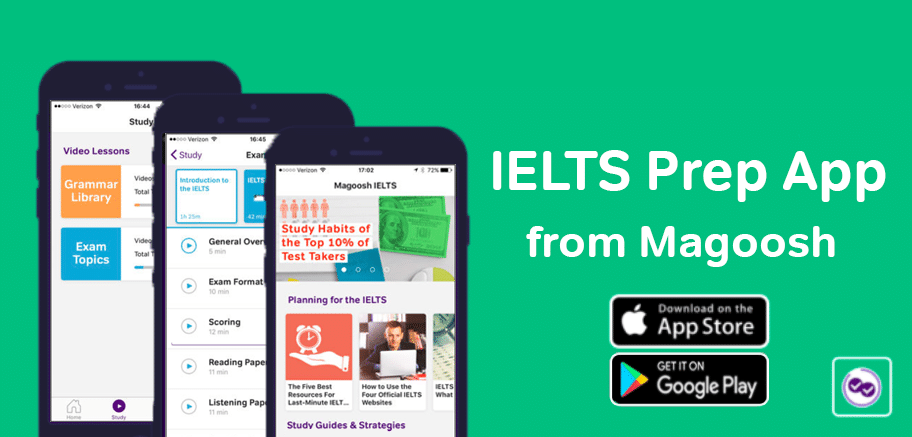In any language, real-life conversation differs dramatically from the neat and structured patterns of writing. Your IELTS speaking test reflects the messiness of natural conversation—unanticipated topics, speaking as you think of your response, hesitating, and backtracking. You can’t prepare your answers in advance, but you can equip yourself for success in conversation and the IELTS speaking test.
One way to do this is to familiarize yourself with natural connectors in speech. These differ from those in writing and are used in conversation to fill in awkward gaps, to link ideas to earlier statements and questions, and keep conversation flowing. But which are they?
Unnatural Connectors in Speech

Let’s start with what’s not natural. Online, you’ll find countless resources and lists describing connectors like thus, accordingly, and henceforth. If you listen to candid English conversation, you’re unlikely to find any of these examples. These are formal, rarely make it into everyday speech, and are better suited to writing.
Your IELTS examiner will assess your vocabulary, but what he or she is looking for is a broad ranged vocabulary that is natural in speech. So for the purposes of this task, don’t bother memorizing long lists of multi-syllable connectors and transition words that make for strong essays but weird conversation. (This is not to say that you can’t use these more writing-like connectors in IELTS Speaking; such connectors are useful in your Speaking Part 2 monologue (click here for our guide), but should be used only to a very limited degree in Parts 1 and 3 of IELTS Speaking.)
Natural Connectors in Speech
So, what are natural ways of organizing the messiness of real-world English speech? Let’s answer this by listening to a real IELTS experience: IELTS Speaking Part 3 Interview
There are several real-life connectors used to keep this conversation flowing naturally.
Notice how there are considerable pauses in the conversation filled with “um…” This is perfectly natural because you are speaking as you consider your responses in real time. This kind of connector acts like a filler. When asked for your opinion, natural fillers include sounds of hesitation, expressions of surprise at the question, or comments that are later followed by an answer.
- Um…/Well…/Hmm… (in hesitation)
- That’s a tough/interesting/good question.
- Hmm… That’s difficult.
- Wow, I really don’t know.
- Offhand, I’d say…
- Let’s see…
- Good question!
- Well, I suppose…
Another type of connector used by both the examiner and the candidate in this snippet— a marker for examples, part of a sequence, or one of many. The examiner says “First, let’s consider…” and the candidate responds, “The first thing that comes to mind…” Later he adds to this by saying “Another thing…” Here’s a small list of phrases that carry out this same task and also serve to introduce topics:
- First, Second, etc…
- First of all…
- For one…
- How about…? (to offer an example or introduce a topic)
- For a start…
- So, what about…?
Finally, notice how the candidate asks, “You can understand what I mean?” You may have guessed it, but this was probably not meant to be a real question.It’s something we naturally do to keep conversation moving and to reconnect with our conversational partners. Common conversational “checks” are sometimes incomplete sentences and include examples such as:
- …You know what I mean?
- …, you know?
- Does that make sense?
- …, right?
For more examples of the kind of connectors that occur in natural conversation, watch videos with candid and natural speech. What do the people say to connect their thoughts or ideas to the rest of the conversation? Do they say the formal nonetheless or do they more often say things like, on the other hand or at the same time?
Here are some videos of actual IELTS interviews. Listen in and mine for examples of real-life connectors that occur in English successful conversation:





